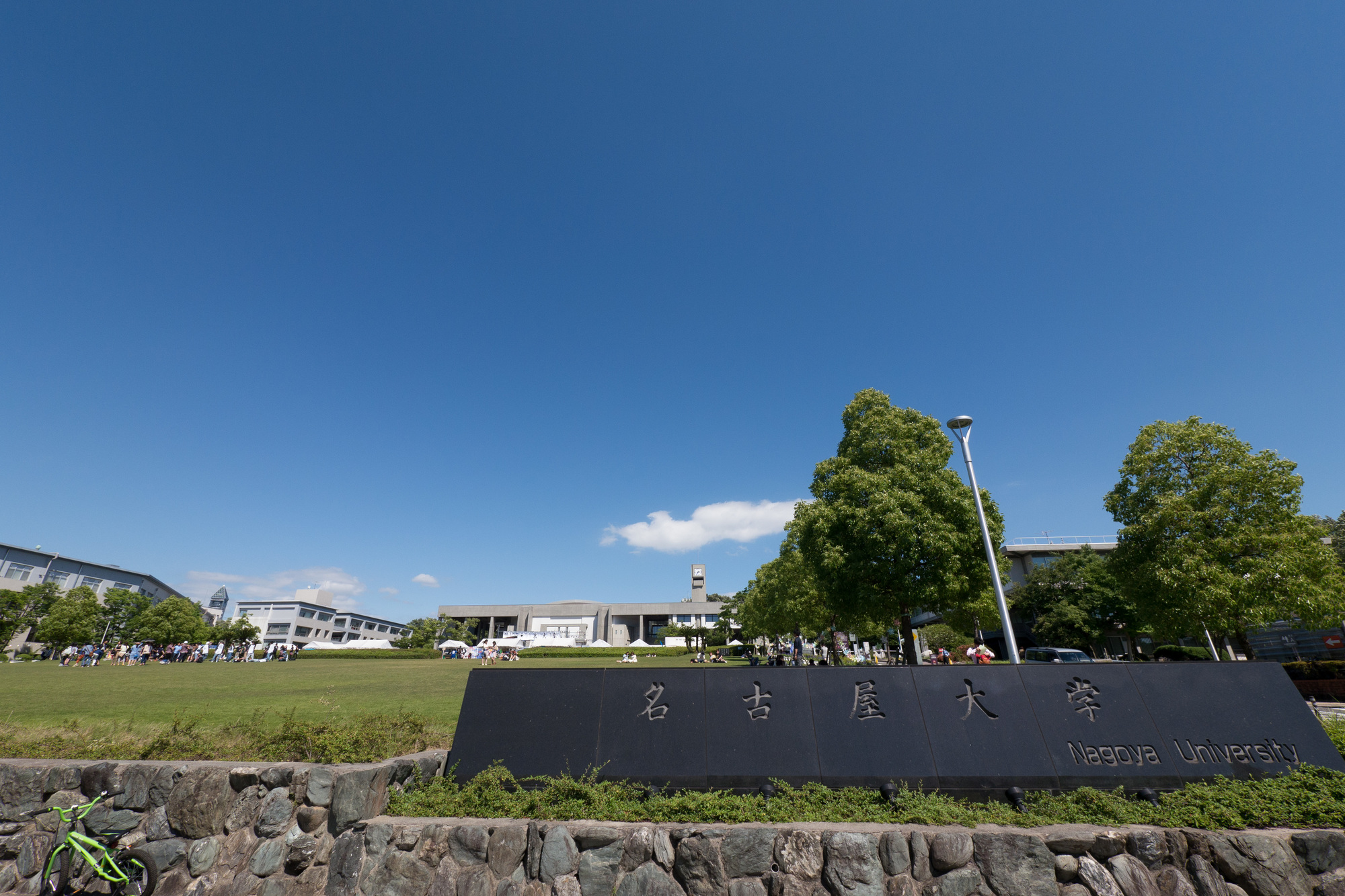Assistant Professor Shinichi Fujiwara of the Nagoya University Museum focused on the fact that the torso of a quadruped animal is balanced while being suspended by the muscles extending from the scapula to the ribs, and the correct position of the scapula. I clarified.Accurate skeletal restoration of extinct animals is expected.
The animal's scapula and torso are connected via muscles rather than joints.Muscles are less likely to remain in fossils, and scapula reconstruction of extinct animals has made scapula positioning with respect to the torso a challenge.In fact, the position of the scapula in the skeletal reconstruction of dinosaurs and mammoths in museum exhibits varies, which also affects shoulder height and forelimb orientation.
The torso of a quadruped is rotated around the hip joint by gravity and the action of muscles extending from the scapula.When gravity works, the torso rotates downward around the hip joint and the head falls to the ground, but when the muscles extending from the scapula work, the torso is pulled toward the scapula.This direction is determined by the positional relationship between the scapula and the torso, and if the two rotational forces are in equilibrium, the torso can walk stably without shaking.
Also, since the torso is suspended by muscles (serratus anterior muscles) that extend from the scapula through the ribs, it is presumed that such ribs are the most difficult to break among multiple ribs that can withstand the weight of the entire torso. rice field.
Therefore, a three-dimensional musculoskeletal model was created and analyzed from CT imaging data of modern quadrupedal animals.As a result, it was shown that the position of the scapula suitable for the condition is only in a specific place near the center (the surface that divides the body into left and right) in front of the torso.Also, the position of this scapula was common to almost all modern quadrupeds.
From this study, it is expected that the position of the scapula, which has been restored without evidence, can be evidenced for the first time, which will greatly contribute to the more probable ecological restoration of extinct animals.
Paper information:[Journal of Anatomy] Fitting unanchored puzzle piece in the skeleton: appropriate 3D scapular position for the quadrupedal support in tetrapods

